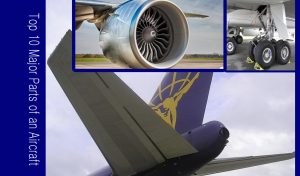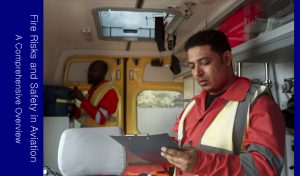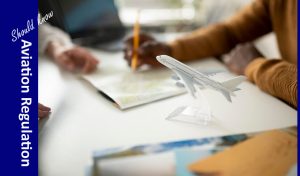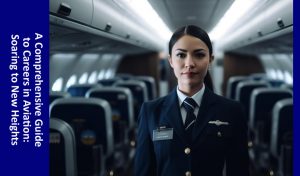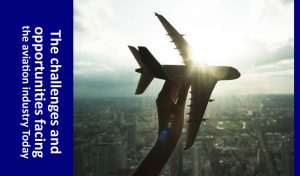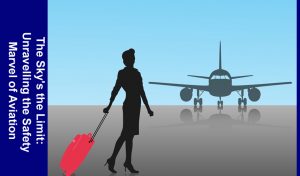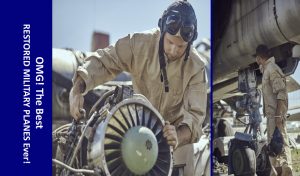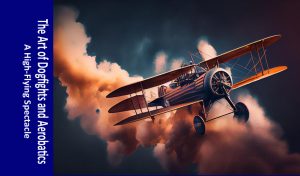The Role of G-forces in Aerobatic Maneuvers has its own effects on both the aircraft’s performance and the pilot’s physical well-being. G-forces, or gravitational forces, play a fundamental role in aerobatic maneuvers. Here’s an in-depth look at the role of G-forces in aerobatic maneuvers, their types, effects, and what pilots experience:
Let’s Explore the Topic
G-forces, or gravitational forces, are the forces that act on a pilot’s body during aerobatic maneuvers. These forces can be positive (+Gz), negative (-Gz), or lateral (Gy), depending on the direction of the maneuver.
Positive G-forces occur when the aircraft is accelerating upwards, such as during a pull-up or loop. These forces push the blood and internal organs towards the pilot’s feet. At high G-forces, this can restrict blood flow to the brain and cause the pilot to lose vision.
Negative G-forces occur when the aircraft is accelerating downwards, such as during a push-over or dive. These forces push the blood and internal organs towards the pilot’s head. At high G-forces, this can cause the pilot to experience redness of the vision (redout), and even loss of consciousness.
Lateral G-forces occur when the aircraft is turning or rolling. These forces push the pilot’s body from side to side.
Aerobatic pilots experience a range of G-forces during different maneuvers. For example, a pilot might experience +5 G-forces during a pull-up, -3 G-forces during a push-over, and +2 G-forces during a roll.
The human body can tolerate a certain amount of G-forces, but this tolerance varies depending on the individual and the direction of the G-forces. Aerobatic pilots are trained to recognize the signs of G-LOC (G-induced loss of consciousness) and take steps to avoid it.
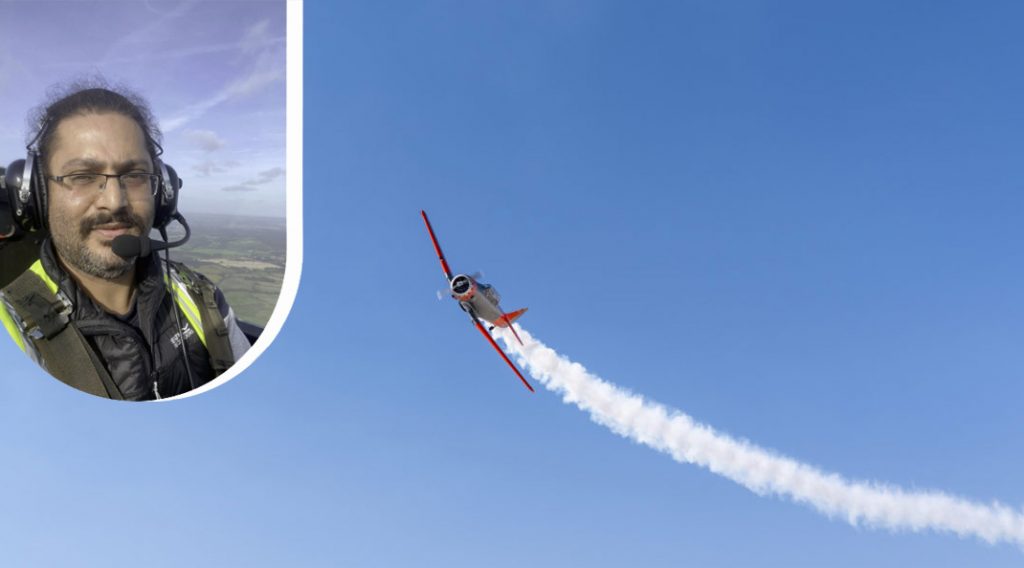
What Pilots Experience?
Here is a description of what aerobatic pilots typically experience during some common maneuvers:
- Loop: During a loop, the pilot pulls the aircraft up into a vertical climb, then rolls it over and dives back down to the original altitude. At the top of the loop, the pilot experiences +2 to +3 G-forces. At the bottom of the loop, the pilot experiences -1 to -2 G-forces.
- Roll: During a roll, the pilot rotates the aircraft around its longitudinal axis. The pilot experiences lateral G-forces during a roll, which can be up to +2 G-forces.
- Split S: During a split S, the pilot makes a steep dive, then pulls up into a steep climb. The pilot experiences +2 to +3 G-forces at the bottom of the dive, and -1 to -2 G-forces at the top of the climb.
Aerobatic pilots use a variety of techniques to mitigate the effects of G-forces, such as:
- Anti-G straining: This involves tensing the muscles in the legs, arms, and abdomen to help keep blood flowing to the brain.
- G-suits: These specialized suits inflate around the pilot’s legs and abdomen to help prevent blood from pooling in the lower body.
- Breathing techniques: Aerobatic pilots are trained to breathe deeply and slowly to help maintain blood pressure.
G-forces can be a challenge for aerobatic pilots, but with proper training and technique, they can be safely managed.
What a Pilot Should Do and What Should Not?
To mitigate the effects of G-forces, aerobatic pilots should:
- Perform anti-G straining: This involves tensing the muscles in the legs, arms, and abdomen to help keep blood flowing to the brain.
- Wear a G-suit: This specialized suit inflates around the pilot’s legs and abdomen to help prevent blood from pooling in the lower body.
- Use proper breathing techniques: Aerobatic pilots are trained to breathe deeply and slowly to help maintain blood pressure.
Aerobatic pilots should avoid the following:
- Eating a heavy meal before flying: This can make the pilot more susceptible to the effects of G-forces.
- Dehydration: Dehydration can reduce blood volume and make it more difficult for the body to circulate blood during G-forces.
- Flying when they are sick or tired: Illness and fatigue can also reduce G-tolerance.
By following these guidelines, aerobatic pilots can safely manage the effects of G-forces and perform complex maneuvers.
In summary, G-forces are a critical factor in aerobatic maneuvers, and pilots must understand how to manage them to ensure both their safety and the integrity of the aircraft. Training, awareness, and careful planning are essential to navigate the effects of G-forces effectively during aerobatic flying.
